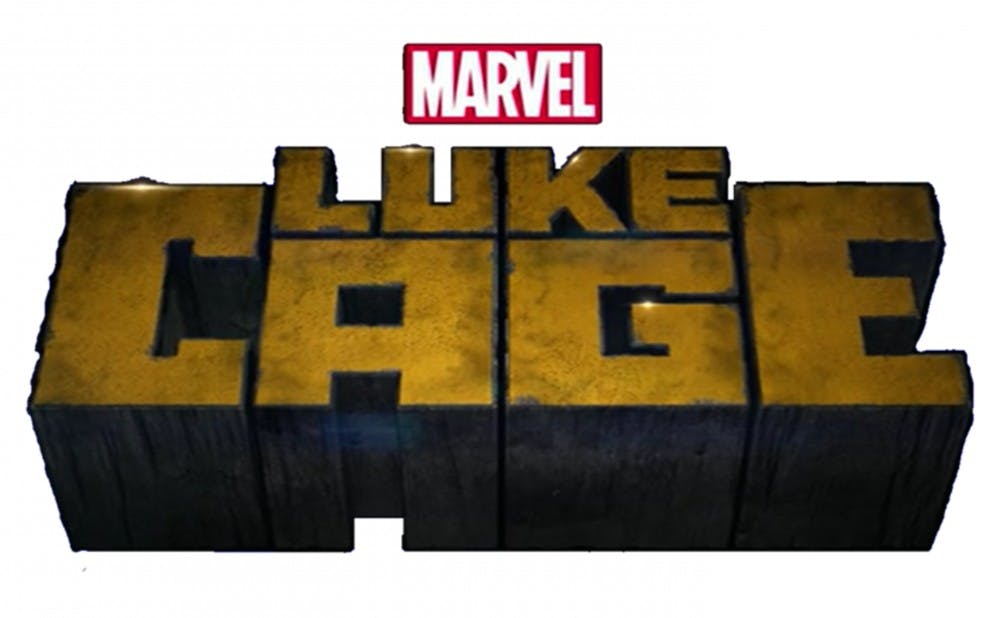Marvel’s “Luke Cage” is another great addition to a collection of Netflix productions that boast complex plots and intense character development. It is well-timed as the protagonist, Luke Cage, played by Mike Colter, breaks convention as a dark-skinned superhero who wears a hoodie. The image alone echoes the lost life of Trayvon Martin and, thus, the lives of many others whose lives have been lost to racial prejudice. Without exerting much effort, “Luke Cage” becomes a radical symbol of resistance in a time where the validity of the Black Lives Matter movement is questioned regularly.
The comic turned Netflix series centers its plot on Cage, a prison escapee who adjusts back to a normal life as a maintenance man for Pop’s Barbershop and a dishwasher for the nightclub Harlem’s Paradise. Although he attempts to hide his powers acquired from a prison experiment, it does not become long before he becomes a threat to antagonists Cornell Cottonmouth (Mahershala Ali) and Mariah Stokes (Alfre Woodard). Both villains play into Harlem’s corrupt institutions as crime bosses and selfishly-interested council members. However, Cage’s half-brother, Willis “Diamondback” Stryker (Erik Laray Harvey), becomes his ultimate arch nemesis. As he stays in Harlem despite his imminent danger, characters like Detective Misty Knight (Simone Missick) and Claire Temple (Rosario Dawson) help his fight towards protecting the neighborhood from evil.
During Cage’s exploits, the audience soon realizes he does not fit into the conventional superhero archetype. He does not wear spandex or a mask, but a hoodie. Cage does not move to a majestic theme song. Instead, he fights crime to the Wu-Tang Clan blaring in his Beats headphones. He always has Ralph Ellison’s “Invisible Man” on hand and engages in thoughtful discussions about Daniel Goines’ "Kenyatta" Series. This set of multifaceted, complex images are refreshing and beautiful when it is attached to a stigmatized face. Inevitably, those watching are forced to grapple with their own prejudices. This gives “Luke Cage” the effect of transcending the superhero genre, allowing it to compete with other series having complex storylines and character development usually lacking in superhero film and television.
Cage is not the only expression of blackness in the series. Black American culture pervades the show continuously through different mechanics. Even in one of the epic duels between Cage and his nemesis Stryker, references to street culture were made in relevant ways. The duel has the air of a traditional street fight with a crowd circling around them "oohing" and "ahhing." Teenagers gawk as they grab their cameras and cellphones to capture the showdown. Creatively and well-executed, the scene manages to avoid corniness.
Sonically, “Luke Cage” achieves the same effect. The sounds of blackness contribute to the richness of the show. It is also an aspect of the film where the creator, Cheo Hodari Coker has left an obvious mark. Appearances from Delfonics, Faith Evans, Jidenna, and many more occur in Harlem’s Paradise. Method Man even spits bars with Sway near the end of the season.
Although it is a stunning translation of blackness unique to the superhero genre, often acting performances from Luke Cage’s cast falls short—usually from the show’s list of antagonist, including Erik Laray Harvey as Stryker. Though it is unclear whether it was at fault of the director or an uncanny resemblance to Samuel Jackson, his representation of the comic book character fell to a distasteful Samuel Jackson impersonation. The weaker performances of the villainous cast are balanced by the acting of the protagonist and his network of friends. Altogether, the range of performances go unnoticed as the characters interact with each other—a characteristic not unique to “Luke Cage,” but the entire genre of superhero entertainment.
Despite some of its challenges, Marvel’s “Luke Cage” could not have entered the American cultural landscape at a better time, a characteristic of which propels the Netflix series from simply being a good show to a contributing to a social cause. During today’s new wave of civil rights activism and racial conversation, the show enters the discourse without compromising its entertainment value. The symbolism of a superhero donning a hoodie and the protection of his bulletproof, dark brown skin is an added bonus to a terrifyingly good plot. It radiates the beauty of blackness in such a troubling time.
Get The Chronicle straight to your inbox
Signup for our weekly newsletter. Cancel at any time.

